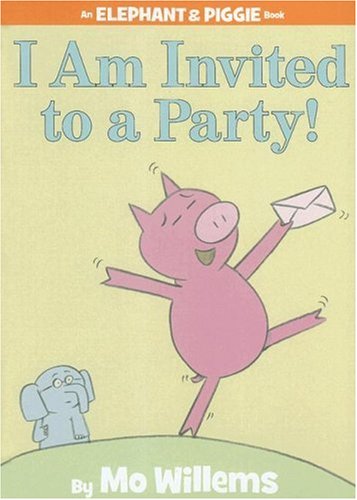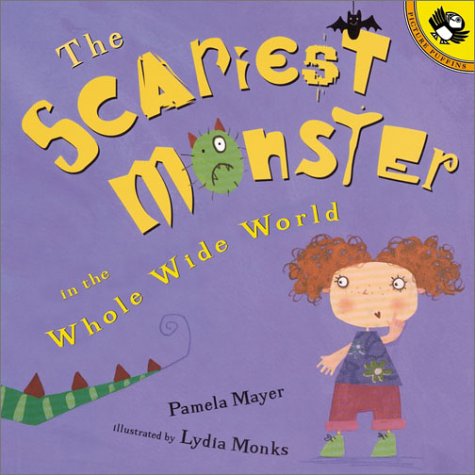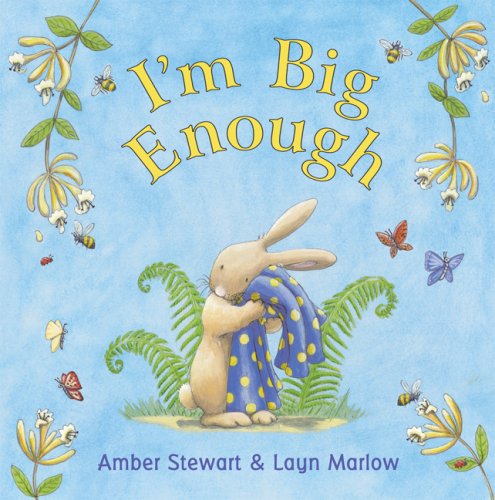 I don’t know about you, but I’ve gotten used to the cute and cuddly Mo Willems. The one who brought us the Pigeon and Knuffle Bunny. The one who gave us Elephant and Piggie. The man who worked on Sesame Street animation for years and took home those Emmys. The man who looks all cute and cuddly himself in his new blog header from his (apparently GQ) photo shoot.
I don’t know about you, but I’ve gotten used to the cute and cuddly Mo Willems. The one who brought us the Pigeon and Knuffle Bunny. The one who gave us Elephant and Piggie. The man who worked on Sesame Street animation for years and took home those Emmys. The man who looks all cute and cuddly himself in his new blog header from his (apparently GQ) photo shoot. But Mo is a man fighting monsters. Or at least creatively expressing monsters. Perhaps the darkness within fought to escape and having no place in the growing Elephant and Piggie series, worked its way into this Mo-riginal snowflake for the Robert’s Snow project.
 As has been mentioned all through the kidlit blogs, artists from all over the children’s book illustrating community have created special snowflakes to be auctioned off, with the proceeds benefiting sarcoma research at Dana-Farber. These snowflake auctions became known as the event “Robert’s Snow.” As a participant, Mo was kind enough to take a few minutes from his busy schedule of writing, touring, and being fantastic to answer a few questions for MotherReader.
As has been mentioned all through the kidlit blogs, artists from all over the children’s book illustrating community have created special snowflakes to be auctioned off, with the proceeds benefiting sarcoma research at Dana-Farber. These snowflake auctions became known as the event “Robert’s Snow.” As a participant, Mo was kind enough to take a few minutes from his busy schedule of writing, touring, and being fantastic to answer a few questions for MotherReader. How did you get involved in the Robert’s Snow project?
Honestly, I can’t remember. Jarrett K. may have threatened not to talk to me if I didn’t do one, or he may have threatened to talk to me if I didn’t do one. Either way, it’s fairly easy to say yes to organizations that do actual good.
While most of the snowflakes feature winter or Christmas scenes, yours is kind of, like, a monster. What’s up with that?
I have always been terrified of snowflakes. I distrust their uniqueness and they way they lurk.
I’ve noticed some monster themes cropping up in your work — the Monsters in Underpants guide, some sketches on your blog, and now your snowflake. Are monsters ready to make another appearance in your books? (Rumor has it that Leonardo, the Terrible Monster, has been very lonely.)
Leonardo may return, but not for a few years and not how you expect him… (hee hee).
I’ve been lucky to have broken news about your upcoming books. I heard about your early reader series at your speech here in Northern Virginia. We talked about your work on Knuffle Bunny Too at the National Book Festival. Well, both of those have come out now and I’ve got no inside track. Nothing. Bubkes. Care to make any announcements about what’s next for you?
There will be a new Pigeon book in Spring 2008, but we’re only revealing the first 4 words of the title: “THE. PIGEON. WANTS. A. __________ !”
If you think you can guess what he wants, then (starting in December) you can enter a contest on pigeonpresents.com to win a school visit from me.
Extra added bonus: the titles of the next Elephant and Piggie books (due early summer 08):
I LOVE MY NEW TOY!
I WILL SURPRISE MY FRIEND!
Everyone’s asking: What are you going to be for Halloween?
The All-American Hero: Captain Dad!
Powers: Napping, Sending Villains to Their Room
Weakness: Adorable Daughters in Costume
If you’re interested in owning the Mo-flake (listen, I can go all day with these), the 2007 online auctions for bidding on these hand-painted snowflakes will take place in three separate auctions, open to everyone, from November 19–23, November 26–30, and December 3–7 (this is when you’ll find the Mo creation!). You can go to the event site for more information and to participate in the auction.
This year, more than 200 well-known children’s book illustrators from around the world have been given a five-inch wooden snowflake to decorate at will. Many, but not all, of the snowflake-making illustrators will be featured across sixty-five blogs. An updated list of snowflake and illustrator features is available at Seven Impossible Things, along with more information about the push behind the bloggers’ involvement in the project and the original call to action. Also not to be missed is Kris Bordessa’s post summarizing snowflake-related contests to date over at Paradise Found.
Here’s the schedule for features this week:
Monday, October 29
- Dan Santat at Writing and Ruminating
- Joanne Friar at The Longstockings
- Alissa Imre Geis at Wild Rose Reader
- Diane Greenseid at Just One More Book!!
- Sean Qualls at Brooklyn Arden
- Ann Koffsky at Book Buds
- Bill Carman at A Chair, A Fireplace & A Tea Cozy
- Gretel Parker at Finding Wonderland
- Matt Phelan at A Year of Reading
- Stephanie Roth at Writing with a broken tusk
- Shawna Tenney at Kate’s Book Blog
- Adam Rex at Booktopia and Welcome to my Tweendom
- Mo Willems at MotherReader
- Rolandas Kiaulevicius at a wrung sponge
- Karen Lee at sruble’s world
- Diana Magnuson at A Chair, A Fireplace & A Tea Cozy
- Melissa Iwai at Brooklyn Arden
- Victoria Jamieson at AmoXcalli and Cuentecitos
- Molly Idle at The Shady Glade
- Meghan McCarthy at A Fuse #8 Production
- Tracy McGuinness-Kelly at Sam Riddleburger’s blog
- Sarah Kahn at Kate’s Book Blog
- Sylvia Long at Whimsy Books
- Jeremy Tankard at the excelsior file
- Holli Conger at Please Come Flying
- Susan Miller at Your Neighborhood Librarian
- Ellen Beier at What Adrienne Thinks About That
- Hideko Takahashi at The Silver Lining
- Judith Moffat at Jo’s Journal
- Wendell Minor at Wild Rose Reader
- Joy Allen at Check It Out
- Robin Brickman at Greetings from Nowhere
- Lauren Stringer at laurasalas
- Nancy Wallace at In the Pages . . .
Oh, and Happy Halloween!








































